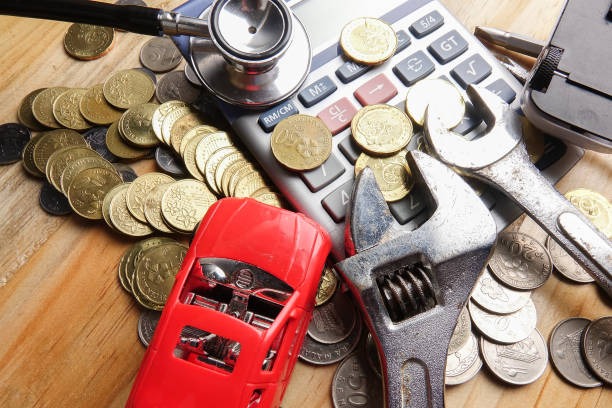When your car starts making strange noises, loses power, or refuses to start altogether, the looming fear of a major repair can set in quickly. Whether it’s a blown transmission, a failed head gasket, or an engine overhaul, major car repairs can hit your wallet hard. But while these repairs are often unexpected, they don’t have to derail your finances. With smart planning and practical budgeting, you can soften the financial blow and keep your vehicle running smoothly.
Understanding the Scope of Major Repairs
Major auto repairs usually involve the most critical components of your vehicle. These include:
- Engine repairs or replacements
- Transmission rebuilds
- Suspension overhauls
- Brake system replacements
- Electrical system failures
These types of repairs can range from $1,000 to over $5,000, depending on your vehicle’s make, model, and age. Because of the high cost, it’s important to approach them with a clear plan.
Step 1: Start an Emergency Auto Repair Fund
One of the smartest financial moves any car owner can make is to set up an emergency car repair fund. Even if you drive a relatively new vehicle, unforeseen issues can arise. Begin by setting aside a small amount monthly — even $50–$100 a month can add up. Aim to build a reserve of $1,000 to $2,500, which can cushion the blow when a major repair hits.
Step 2: Prioritize Regular Maintenance
It might seem counterintuitive, but spending on regular maintenance can save you thousands in the long run. Routine services like oil changes, brake pad replacements, fluid checks, and timing belt inspections help prevent catastrophic failures. Think of it this way: replacing a timing belt at 90,000 miles costs a few hundred dollars; if it snaps and damages your engine, you could face a repair bill in the thousands.
Set aside a separate budget for regular maintenance, and treat it as non-negotiable — just like paying your utility bills.
Step 3: Know What You’re Dealing With
When a major repair arises, get a detailed diagnosis and quote from a trusted mechanic. Don’t hesitate to get a second opinion or shop around for estimates. Not all garages charge the same labor rate, and part prices can vary. Understanding the scope of the repair helps you evaluate your options — whether it’s better to fix, finance, or consider replacing the vehicle.
Also, ask your mechanic:
- Is the part new, remanufactured, or used?
- What’s the warranty on parts and labor?
- Can the repair be broken into stages?
Step 4: Explore Financing Options — Wisely
If the repair costs more than you have saved, financing might be necessary. Some options include:
- Mechanic shop financing plans (offered in-house or through third parties)
- Personal loans in Utah
- Credit cards (use caution with high interest rates)
Compare terms carefully. A short-term loan with lower interest is preferable to long-term credit card debt. And always calculate the total cost, including interest, before committing.
Step 5: Consider Extended Warranties or Repair Insurance
If your vehicle is out of factory warranty but still relatively new, an extended warranty or vehicle repair insurance plan may be worth considering. These plans often cover major components like the engine or transmission but come with limitations, such as deductibles or specific service providers. Weigh the cost of the plan against the likelihood of needed repairs before enrolling.
Step 6: Make the Repair vs. Replace Decision
Sometimes, a repair bill is so high that it begs the question: Is it worth fixing this car?
Here’s a simple rule of thumb: if the cost of repair exceeds 50% of the car’s value, and you’re likely to face more issues soon, it may be time to replace it. Consider the vehicle’s age, mileage, and overall condition. It may be more financially sound to invest in a more reliable vehicle than to keep patching up a failing one.
Step 7: Learn to Plan Ahead
Once you’ve tackled a major repair, use it as a learning opportunity. Make it a habit to:
- Review your budget monthly.
- Allocate a fixed amount toward car expenses.
- Track maintenance schedules and costs.
- Stay proactive with vehicle care.
Anticipating repairs as part of your car ownership journey — rather than viewing them as sudden emergencies — helps you stay in control of your finances.
Final Thoughts
Major car repairs are inconvenient, expensive, and stressful — but they don’t have to spell financial disaster. By building an emergency fund, staying on top of routine maintenance, comparing repair options, and making informed financial decisions, you can manage big fixes without breaking the bank. Your car may not last forever, but with the right planning, your peace of mind can.



